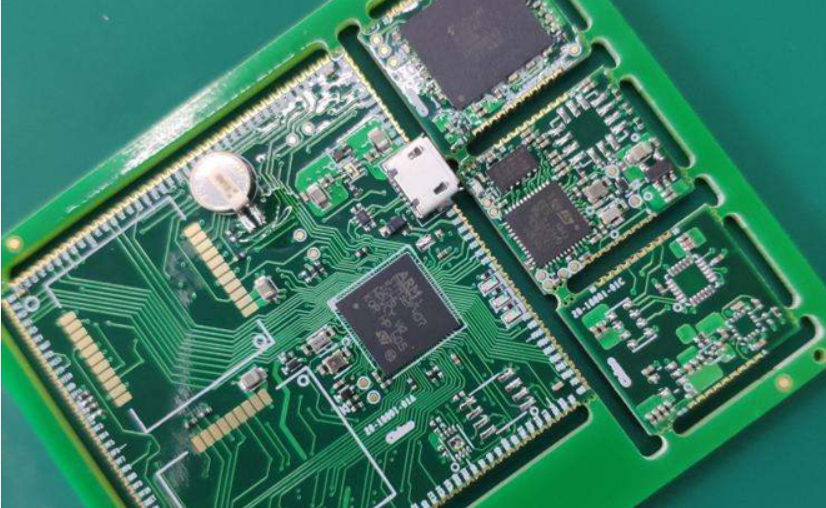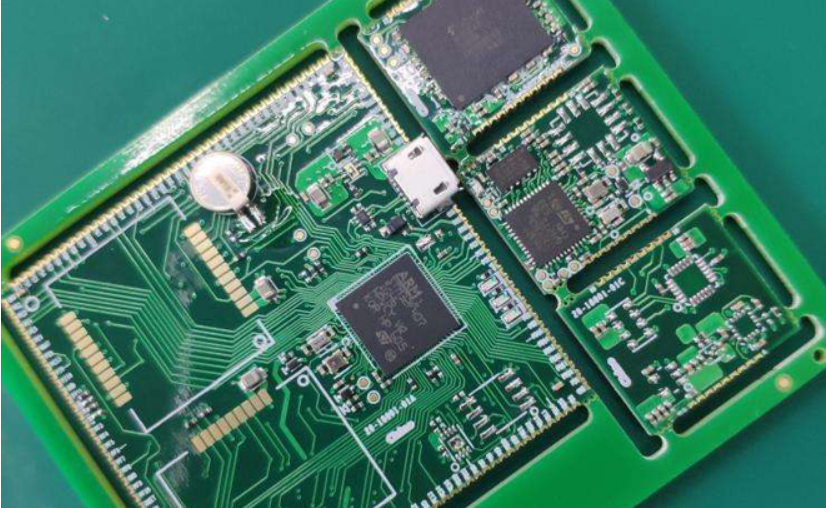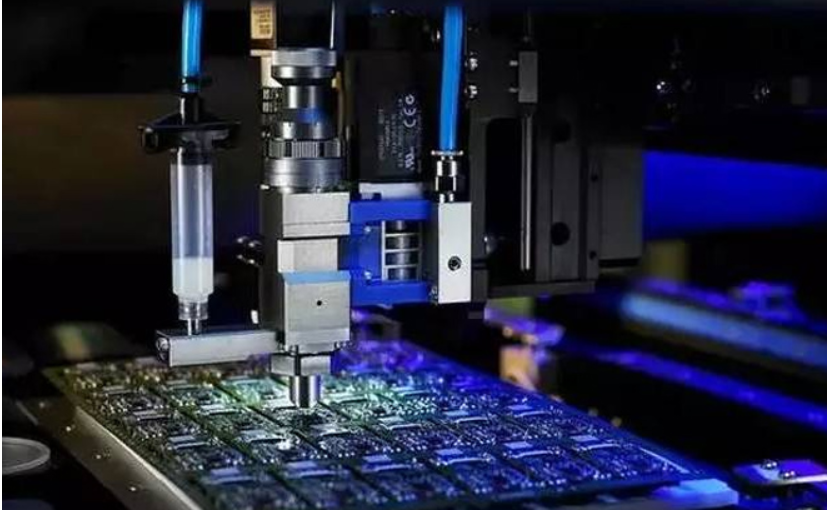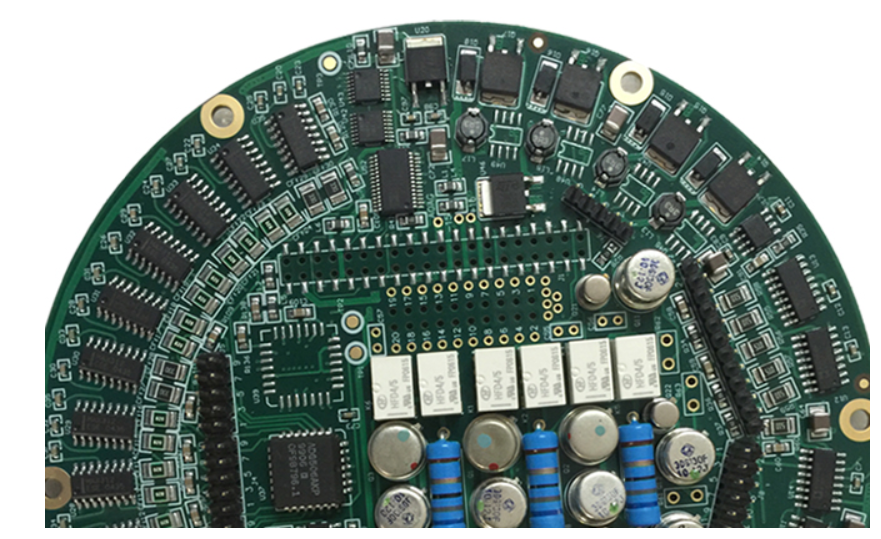
We will introduce how PCB design solves the problem of impedance discontinuity from the following
What is impedance?
First, clarify several concepts. We often see impedance, characteristic impedance, instantaneous impedance. Strictly speaking, they are different, but they are still the basic definition of impedance:
a) The input impedance at the beginning of the transmission line is called impedance for short;
b) The timely impedance encountered by the signal at any time is called instantaneous impedance;
c) If the transmission line has a constant instantaneous impedance, it is called the characteristic impedance of the transmission line

Characteristic impedance describes the transient impedance of signal propagation along the transmission line, which is the main factor affecting the signal integrity of the transmission line circuit.
Unless otherwise specified, the characteristic impedance is usually referred to as the transmission line impedance. The factors affecting characteristic impedance include dielectric constant, dielectric thickness, line width and copper foil thickness.
What is impedance
What is impedance continuity?
Impedance is continuous and similar: water flows steadily in a uniform ditch, and suddenly the ditch becomes wider. Then the water shakes around the corner and the waves spread. This is the result of impedance mismatch.
Solution to Impedance Discontinuities in PCB Design
1. Gradient line
Some RF devices have small packages, the patch pad width may be as small as 12 mils, and the RF signal line width may be greater than 50 mils. Gradual change lines should be used, and sudden changes in line width are prohibited. The gradual change line as shown in the figure shows that the line crossing the crossover should not be too long
Gradient line
2. Corner
If the RF signal line runs at right angles, the effective line width at the corner will increase, and the impedance will be discontinuous, causing signal reflection. In order to reduce discontinuity, there are two kinds of corner machining methods: chamfer and fillet. The radius of the arc corner shall be large enough. In general, ensure that:
R3W. See the figure below.
corner
3. Large cushion
When there is a large pad on a 50 ohm fine microstrip line, the large pad is equivalent to a distributed capacitance, which destroys the continuity of the characteristic impedance of the microstrip line. Two improvement methods can be carried out at the same time: first, the dielectric of the microstrip line is thickened; second, the ground plane below the pad is hollowed out, which can reduce the number of points and capacitance of the pad
4. Through hole
The through hole is a metal cylinder plated outside the through hole between the top layer and the bottom layer of the circuit board. Signal vias connect transmission lines at different levels. The residual pile of the viaduct is the unused part of the viaduct pad, which is a circular shaped pad connecting the viaduct to the top or internal transmission line for isolation; An isolated disk is an annular gap in each power or ground plane to prevent short circuits between the power and ground planes.
Parasitic parameters of via
After strict physical theoretical derivation and approximate analysis, the equivalent circuit model of the via can be regarded as the grounding capacitor connected in series at both ends of the inductor
According to the equivalent circuit model, the via itself has parasitic capacitance to ground. Assume that the reverse pad diameter of the via is D2, the pad diameter of the via is D1, the PCB thickness is T, the dielectric constant of the board substrate is, and the parasitic capacitance of the via is similar to:
Via parasitic capacitance
Parasitic capacitance of via will cause the signal rise time to be prolonged and the transmission speed to be slowed down, thus reducing the signal quality. Similarly, via also has parasitic inductance. In high-speed digital PCB, parasitic inductance often causes more harm than parasitic capacitance.
Its parasitic series inductance will weaken the contribution of bypass capacitor, thus weakening the filtering effect of the whole power supply system. Suppose l is the through-hole, inductance, h is the through-hole, length, and d is the diameter of the central drilling hole. The approximate parasitic inductance of the via is similar to:
Parasitic inductance of via approximation
Through hole is one of the important factors that cause the discontinuity of RF channel impedance. If the signal frequency is greater than 1GHz, the influence of via shall be considered.
The common methods to reduce the impedance discontinuity of via methods include adopting diskless technology, selecting outlet mode, optimizing the diameter of solder pad, etc. Optimizing the diameter of reverse pad is a common method to reduce impedance discontinuity. Due to via characteristics and aperture, pad, pad, lamination
The structure, outlet mode and other structural dimensions are related, so it is recommended to adopt HFSS and Optimetrics for optimization simulation according to the specific design conditions.
When using parametric models, the modeling process is very simple. During the audit, PCB designers are required to provide corresponding simulation documents.
The diameter of via, the diameter of pad and the depth of reverse pad will change, resulting in impedance discontinuity, reflection and insertion loss.
How does PCB design solve the problem of impedance discontinuity?
5. Through hole coaxial connector
Similar to the via structure, the via coaxial connector also has impedance discontinuity, so the solution is the same as the via. The common methods to reduce the impedance discontinuity of through-hole coaxial connector are to adopt diskless technology, appropriate outlet mode and optimize the diameter of solder pad.
This article mainly introduces how to solve the problem of impedance discontinuity in PCB design during PCB production







